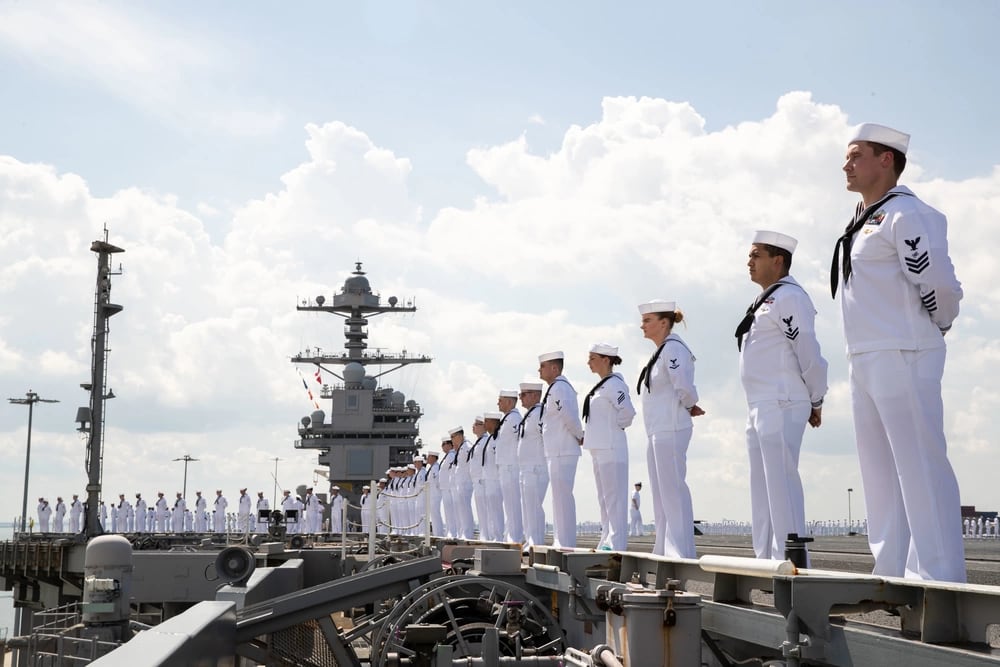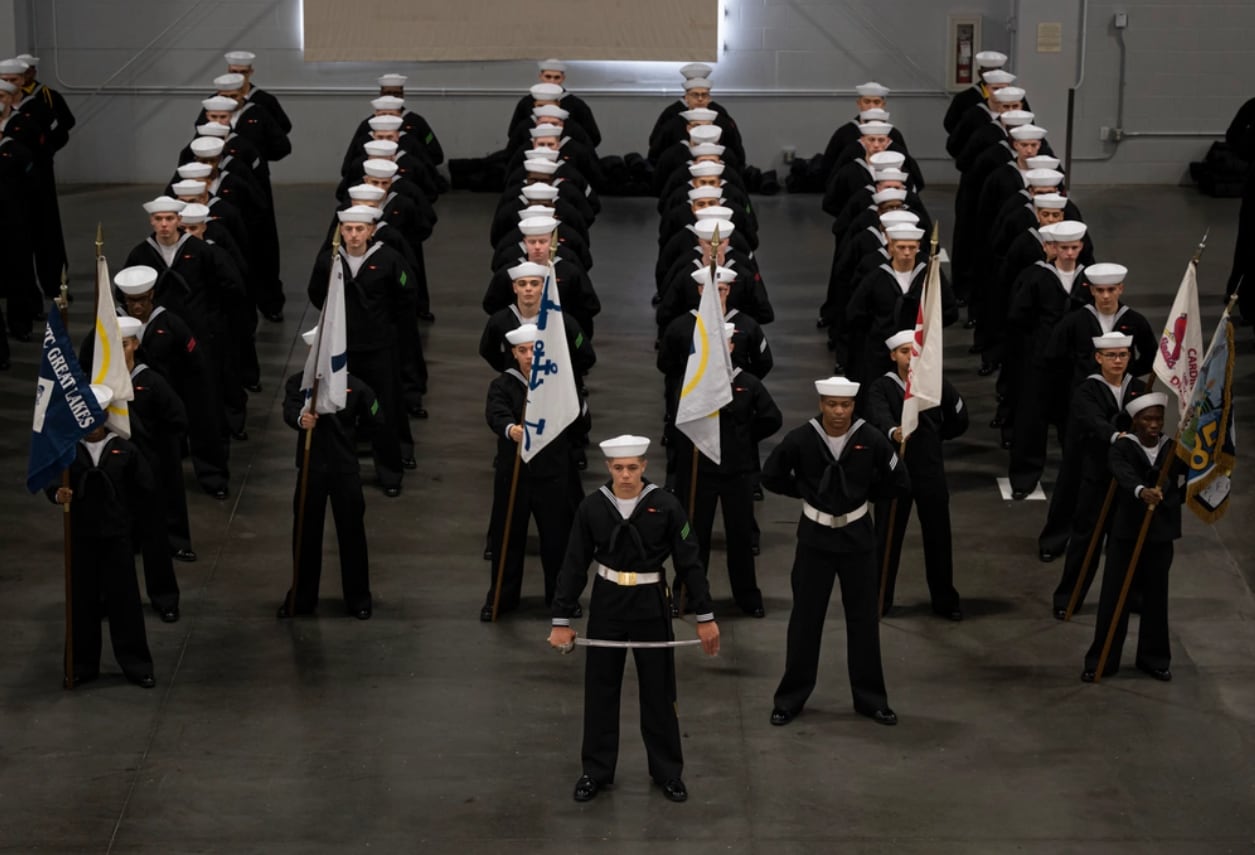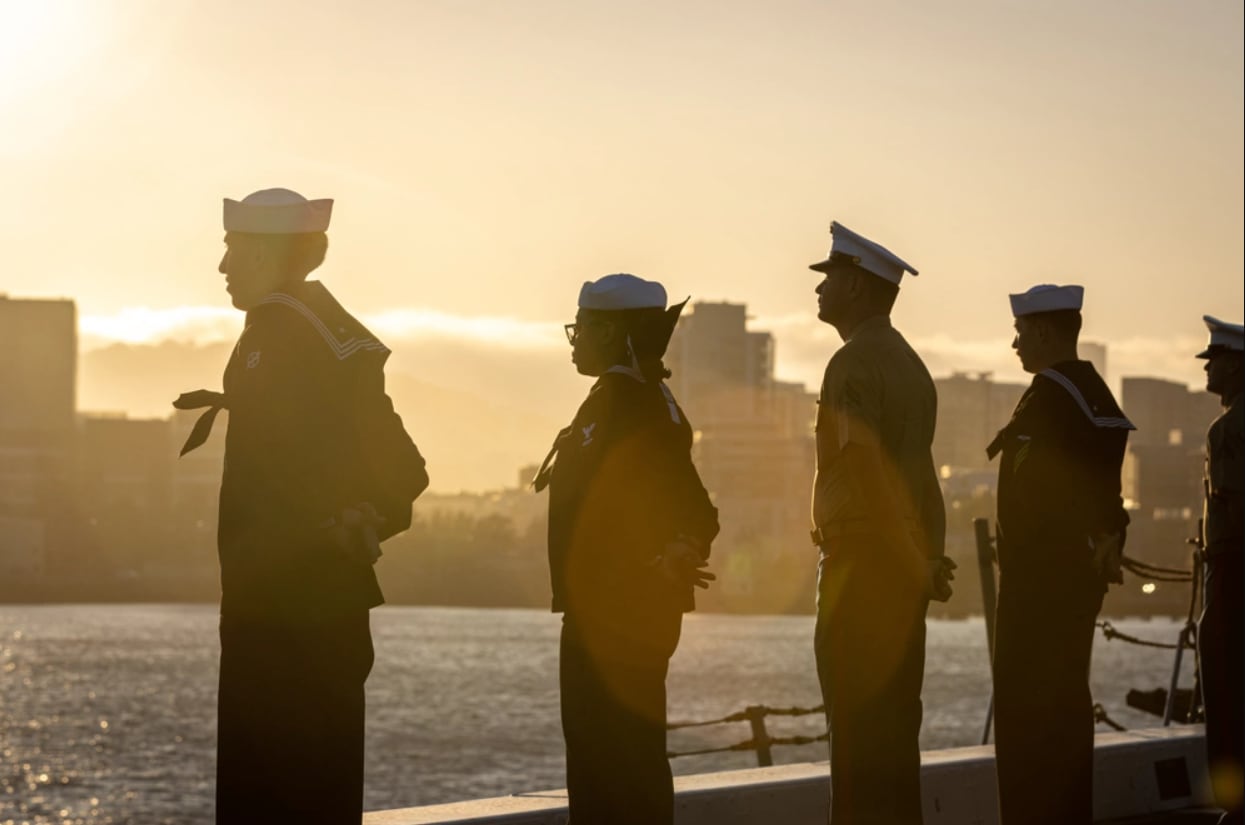Editor’s note: This report contains discussion of suicide. Troops, veterans and family members experiencing suicidal thoughts can call the 24-hour Suicide and Crisis Lifeline at 988 or 1-800-273-8255, texting 838255 or visiting VeteransCrisisLine.net.
The Navy wants to more than double the amount it spends on suicide prevention in fiscal year 2025 — following a series of suicides aboard the aircraft carrier George Washington in 2022 and a nationwide shortage of mental health providers.
The Department of the Navy is requesting Congress approve $58 million in suicide prevention funding — up from $25 million it requested last year — in its $257.6 billion fiscal 2025 budget request released Monday.
Additionally, the service is also seeking $64 million in mental health funding in fiscal 2025, a hike from the $45 million the service requested last year.
These requests come before Congress has signed off on a full military budget for fiscal year 2024, and days after lawmakers approved a short-term spending bill to avert a government shutdown. This stopgap spending bill allows the military to continue operating under fiscal 2023 Defense Department spending levels until March 22.
According to the Navy, the funding increase aims to support virtual mental health initiatives, and also efforts to “recruit, train, and retain the mental health force to address fierce competition in the face of a national shortage of mental health providers,” the service said in a budget document.
RELATED

“Mental Health programs contribute to Warfighter excellence and maintain wartime readiness and professional development of mental health specialties,” the budget document said. “Improved wellness and delivery of suicide prevention and response efforts encompass evidence-based prevention and intervention strategies, delivering critical prevention efforts such as program evaluations, safety and outreach campaigns, post-prevention support, counseling, physical safety, and safe storage and firearm storage options.”
Altogether, the Navy is requesting $122 million in mental health resources for sailors in fiscal 2025 — an increase from $70 million requested in fiscal 2024.
In 2022, the Navy suffered a suicide rate of 20.6 per 100,000 service members, according to the Defense Department’s annual report on suicide in the military released in October.
That year, the aircraft carrier George Washington suffered at least three deaths by suicide over the course of six days in April. The carrier started undergoing its mid-life refueling and complex overhaul, or RCOH, at Huntington Ingalls Industries–Newport News Shipyard in August 2017 — a project that experienced multiple delays that left sailors languishing in the shipyard.
While an investigation released later concluded that the suicides were not related, it also shed light on the challenging work environment for sailors in the yard, and the toll it can take.
RELATED

As a result, the Navy is implementing multiple quality of life reforms such as expanding health-care and Wi-Fi access for sailors, guaranteed off-ship and off-shipyard housing, and consolidated parking in Newport News.
Additionally, the service released a “Mental Health Playbook” in February 2023, which aims to promote mental health conversations between commanders and their sailors and reduce stigma associated with seeking help.
Specifically, the guide instructs leaders on how to help sailors receive proper care so they can remain on the team, and also outlines guidance so they can connect sailors with nonclinical mental health resources amid a nationwide shortage of mental health professionals.
The Navy’s budget request also seeks to bolster Navy end strength by over 1,000 personnel, amid a challenging recruiting environment. Altogether, the service is seeking a naval force of 332,300 enlisted sailors and officers. The service projects that there are 331,221 personnel serving in the Navy in fiscal 2024.
The increase in end-strength primarily comes from the officer side. While the service projects that there are 55,229 officers serving in fiscal 2024, the Navy aims to beef up that number by 968 officers for a force of 56,197 next year.
Meanwhile, the Navy is seeking 271,753 enlisted sailors in fiscal 2025 — a 161 increase from the 271,592 enlisted sailors the service estimates are serving this year.
RELATED

“Recruiting and retaining service members remains a challenge across the entire military,” the budget document said. “The Department of the Navy is confronting this challenge in a variety of ways, focusing on the needs of both the Active and Reserve components, as well as what works for the Navy vice what works for the Marine Corps.”
The Navy announced in October that it failed to meet its recruitment goals for the first time ever in fiscal year 2023. According to military leaders, these challenges stem from issues including more thorough medical screenings, fewer Americans eligible to serve, and low civilian unemployment.
To mitigate these issues, the service has unveiled a series of reforms to bolster its recruitment and retention efforts. These include permitting those without a high school diploma or General Educational Development credential to enlist if they score high enough, and raising the maximum enlistment bonus to $50,000 in February 2022.
“Increased bonuses, incentives, and revised marketing target key high school demographic as the Department remains committed to finding the best people who will become the best warfighters in the world,” the budget document says. “Our increased re-enlistment bonuses and incentives, as well as improved standards of living, will allow us to keep the people we have, those that have the right schools, tools, and mindset to keep us a decisive combat power.”





